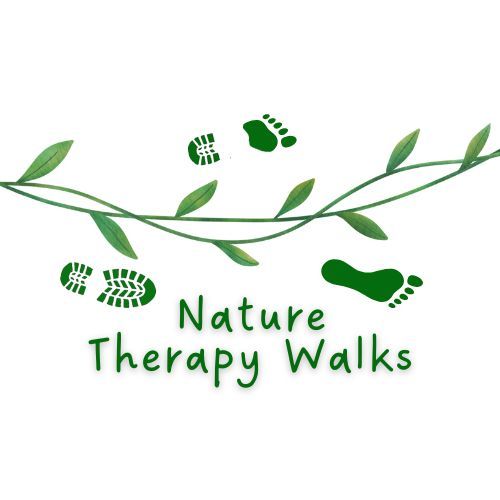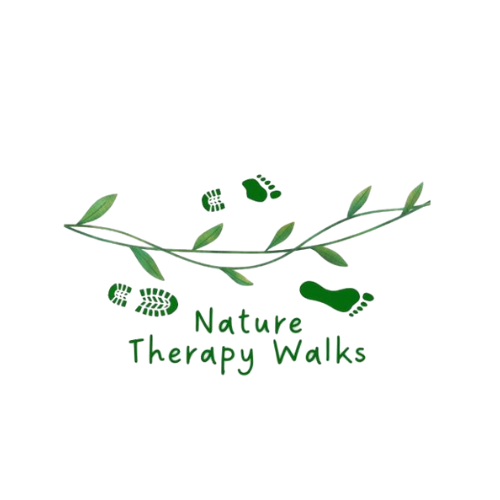
Concrete-and-neon
“Don’t try to take me bushwalking,” my friend said, “I’m a concrete-and-neon kinda girl.”
She knows what she likes. I don’t try to take her bushwalking.
And yet . . . her concrete-and-neon image doesn’t fit so well with her choices. Her first post-
divorce holiday was a safari in Africa – open plains and oversized predators. When we catch
up, she prefers to walk the parks in her neighbourhood rather than linger in a coffee shop. But
I don’t challenge her city-girl image. Perhaps her behavioural preference for the outdoors is
so familiar, so mundane, she doesn’t even notice it?
When a massive study on what makes people happy demonstrated that being in nature is, for
the most of us, our happy place, the media commentary had the tone of “well, duh!” Don’t
we already know that?
We do, but like many of the things we feel in our bones, culture has trained us to look
towards science to tote up the relevant numbers before we can be confident. Science has now
done it’s statistical thing with happiness and nature, and done it by applying a strictly non-
natural but ubiquitous technology: a smart phone app.
Mappiness: data confirming intuition
George MacKerron got his PhD from the London School of Economics. He studies “the
economics of subject wellbeing,” subjective wellbeing what non-economists might call
happiness. With fellow economist Susana Mourato, MacKerron developed mappiness, an app
that provides truckloads of data on where, when and doing what makes people feel happy.
Mappiness pings participants at random times during the day to ask simple questions, often
requiring no more than finger tap on a slider. It collects information on where they are, what
they’re doing, and how happy they are. The initial research study, published in 2013,
included one million responses from 20,000 participants. By 2017, mappiness was up to
66,000 participants and 4 million responses – and still showing that nature makes us happy.
“Our key finding,” MacKerron said, “is happiness is greater in natural environments.”
While the three top activities for making us happy are sex, exercise and gardening – and the
most miserable is being sick in bed – whatever we’re doing, we’re happier in nature. And
MacKerron has the charts and graphs to make our preferences real.
Not all green space is created equal
While all natural environments proved positive for happiness, MacKerron demonstrated a
hierarchy of happy places. The common favourite, by a decent margin, is coastal and marine
environments. They’re followed by mountains, moors and heaths (it was a British study); and
then woodlands, grasslands, farms etc. “Developed suburban environments” came last with
“inland bare ground.”
To enrich the individually reported data and ensure statistical rigour, mappiness collected
GPS data on where the participant was located. Researchers controlled for externals like
weather, daylight, type of activity, companions, date and time and individual response trends.
It produced a huge data set to keep MacKerron’s computers slicing and dicing for years. He
got himself a PhD – and a TedX Talk – out of it!
“Green space is lovely, we all know that,” he told TedX Brighton. But, “there are all kinds of
things that are lovely, and that we want more of.
“We want education and health care – and I want gadgets – but at some point we don’t have
unlimited money and we have to make trade-offs.” It’s important to know exactly is giving us
the wellbeing effect, and the size of the impact, so we can be more confident about what
trade-offs to make if our planning decisions are to make communities happier.
New tech, old truth
Mappiness may be the coolest way to prove the biophilia hypothesis which states we are
evolutionarily attracted to other living beings.
Humans evolved over six or seven million years. We spent 99.99% of our evolutionary
development living intimately with nature. We’ve spent just 0.01% under stone, thatch, slate
or tiles, even less with 50 stories of other human dwellings stacked in boxes above us. We’ve
had mere evolutionary minutes with incandescents or fluros that mess up our biorhythms,
eating foodstuffs developed in laboratories, staring at tiny screens that suction our attention
towards pixels.
We are in the short tail-end of our evolution so far. We may prove capable of The Great
Work, as Thomas Berry describes it, and learn to live in tune with the natural world. Our
evolution may grow a very long tail. We could become a super species. Or we could continue
cannibalizing our own survival until the planet is returned to Mother. She will have another
go at making life that sustains itself.
Whatever the long-term outcome, our short experiment with urbanization hasn’t destroyed
what all those millennia of evolution gave us: positive benefits from being in nature.
Mappiness gave us the data, but it’s an experiment everyone can do. Open the door, walk
outside, find a park, a patch of grass, a tree in the carpark – any chunk of nature will do – and
hang out for a while. Try it again tomorrow. Buy a pot plant for your room, or a bunch of flowers.
Pick dandelions or clover blossoms. Give yourself a little quiet time with something
completely natural.
Thanks to mappiness I can give you some scientifically verifiable advice – even if it’s
unsolicited: if you want to cheer up, go sit under a tree.

